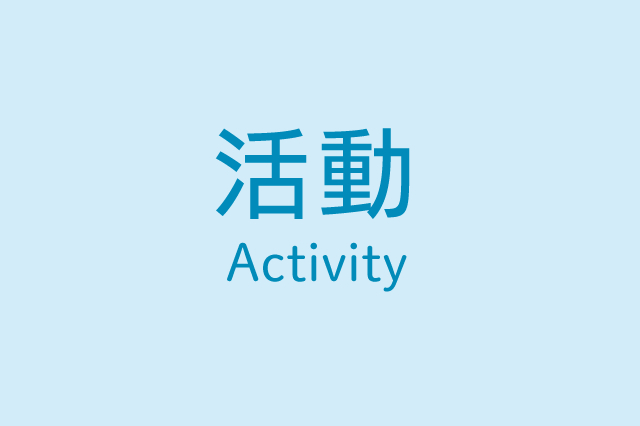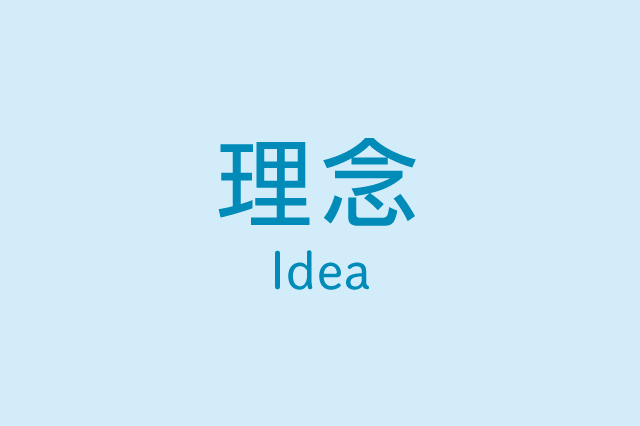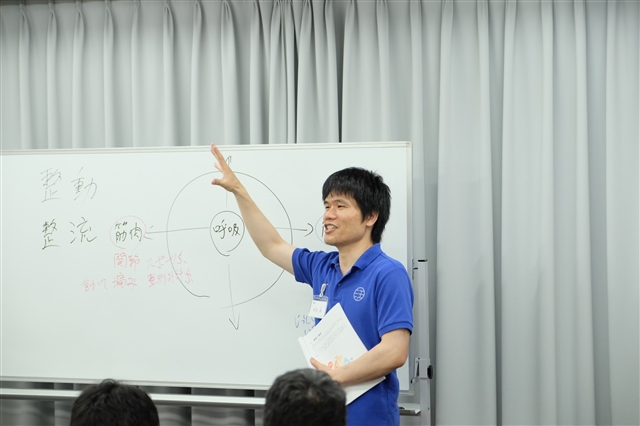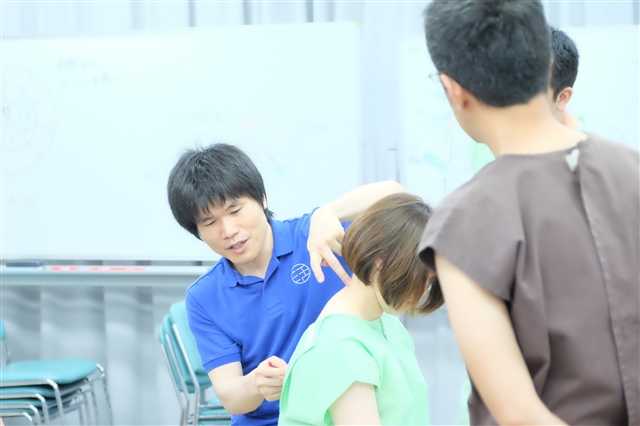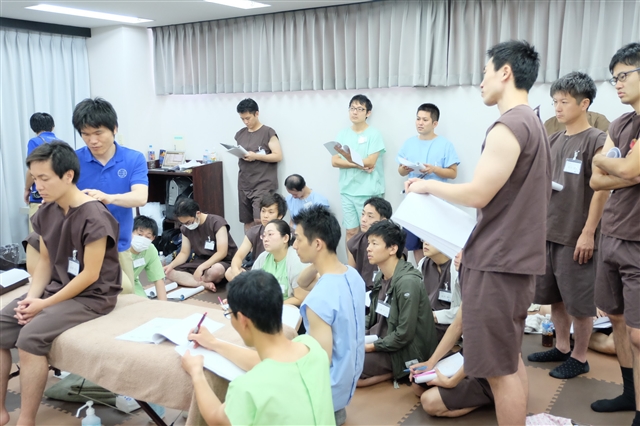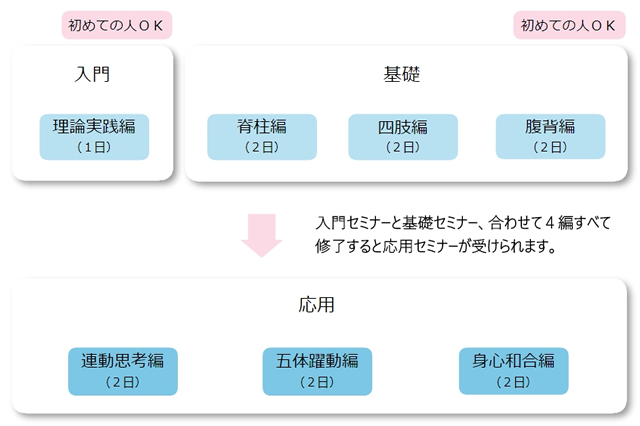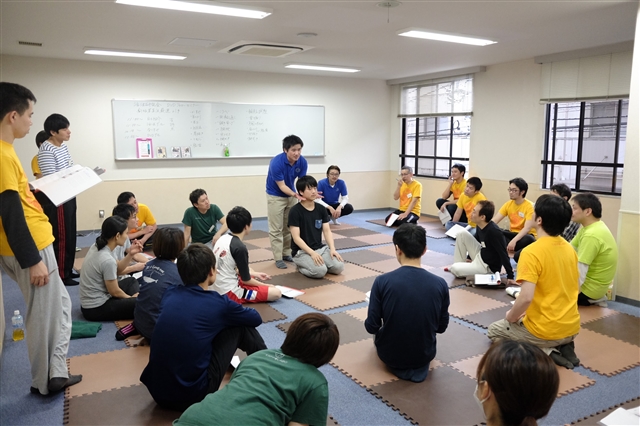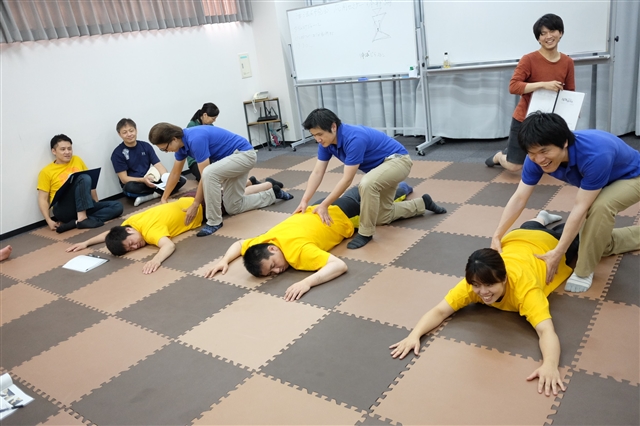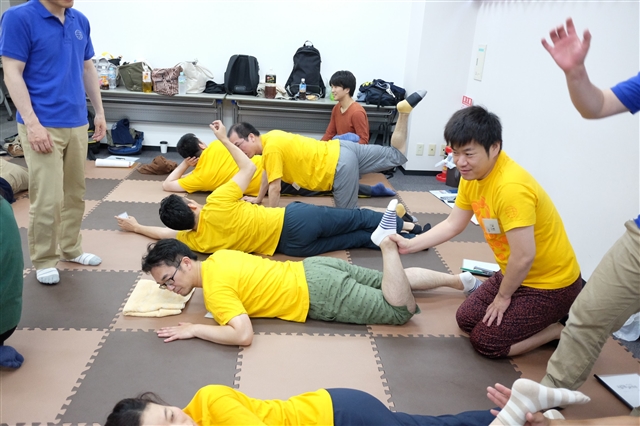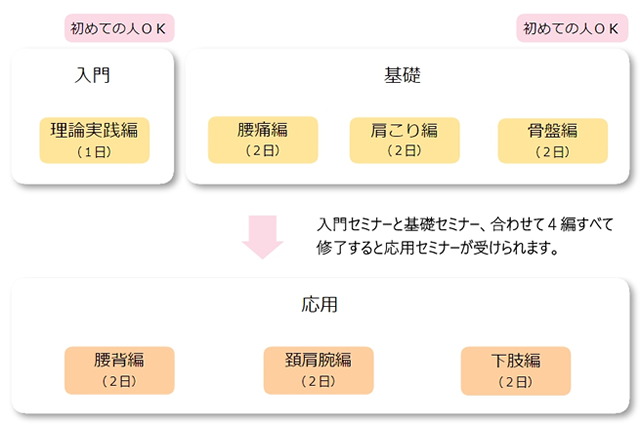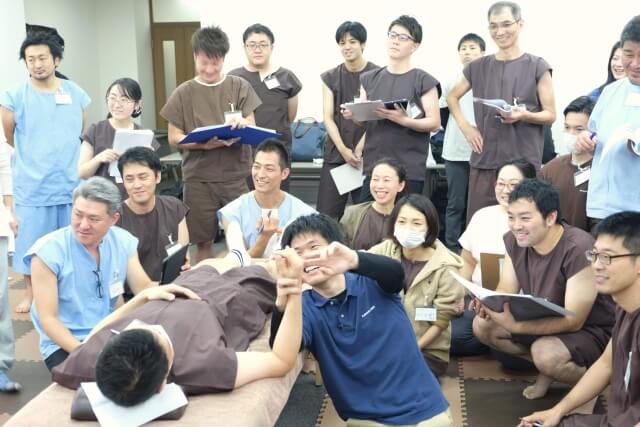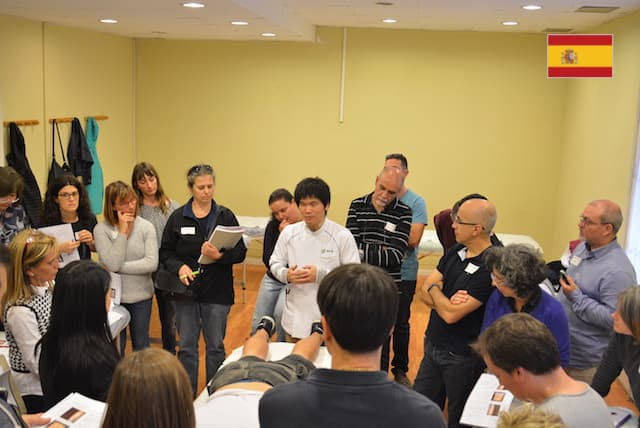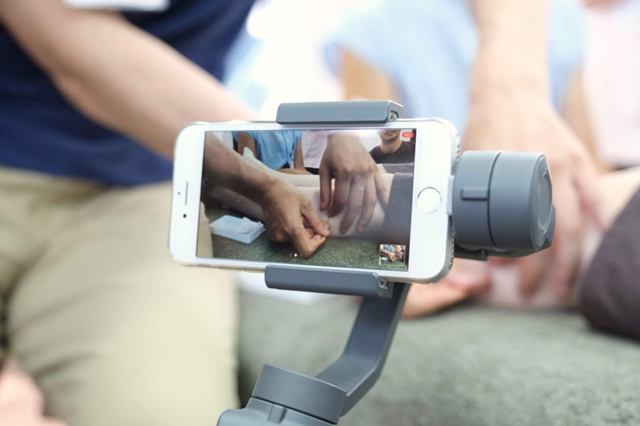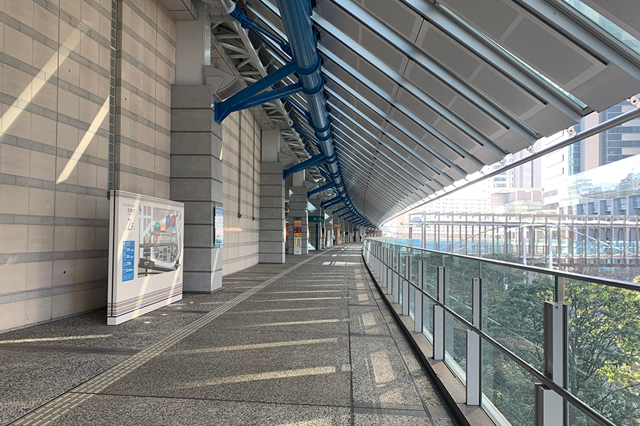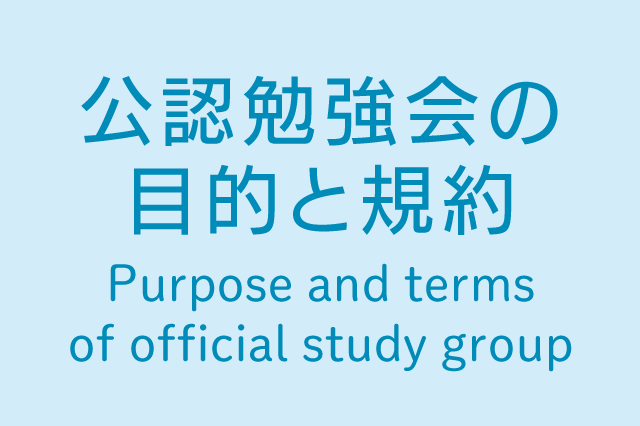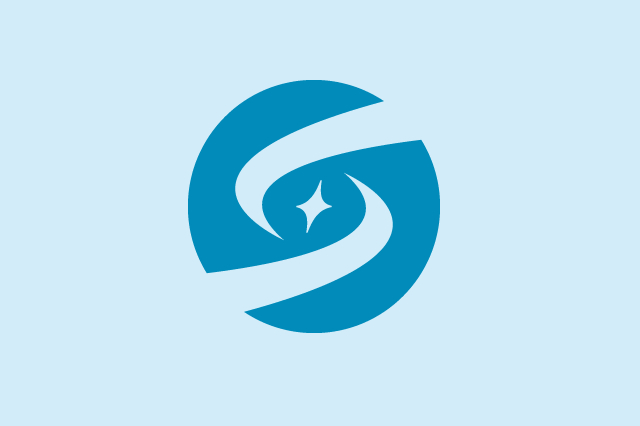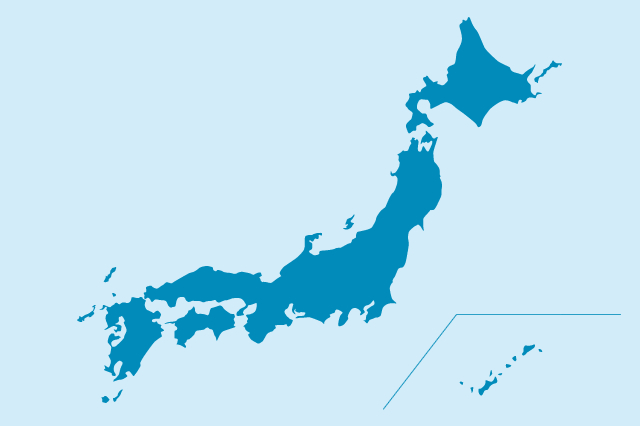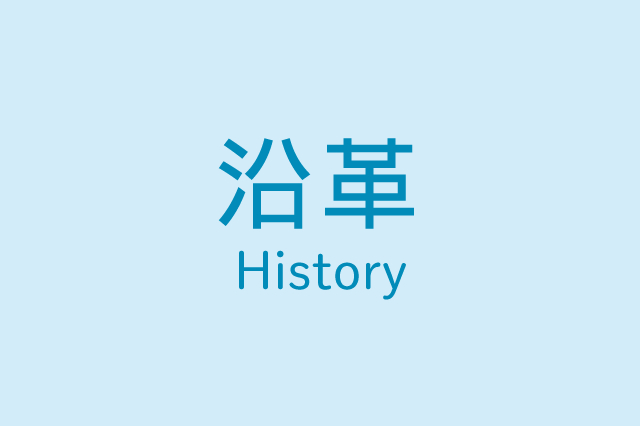
ツボで動きを整える Adjusting Movement by Acupuncture Point
整動鍼の特徴は、文字通り「整動」です。ツボで動きを整えることができます。
整動鍼は人間の生命活動を「動き」で捉えています。何らかの症状がある時、背景には「動き」の問題が潜んでいます。その問題が明らかになると理論的に最適なツボが導き出されます。
運動器疾患ではツボに鍼をした瞬間に関節の可動域が広がるため、効果がよくわかります。
とはいえ、整動鍼の守備範囲は運動器疾患だけではありません。内臓や精神へのアプローチも得意です。なぜなら、内臓や精神を含む、すべての生命活動は筋肉骨格系に反映されているからです。筋肉骨格系を調整し「思い通りに動く」状態を取り戻すと、内臓や精神の機能が安定します。
Adjusting Movement by Acupuncture Point The characteristic of SEIDO acupuncture is “SEIDO”, which literally means “adjusting movement.” You can adjust movements by acupuncture points.
SEIDO acupuncture sees the life activity of human beings through “movement.” When one suffers from some kind of symptoms, there exists some kind of “movement” problems. When you understand what these problems are, you can theoretically derive the optimum acupuncture points that match them.
It is easy to understand the effect of SEIDO acupuncture when dealing with musculoskeletal disorders; because as soon as you needle a SEIDO acupuncture point, range of motion of the target joint improves.
This does not mean that SEIDO acupuncture is just for musculoskeletal disorders. SEIDO acupuncture also works well for the internal diseases and mental disorders. This is because all the life activities including internal organs and mental activities are reflected on the musculoskeletal system. By adjusting the musculoskeletal system and regain the state in which you are able to move as you want, the internal organs and mental activities get stable as well.
痛みのメカニズム Mechanism of Pain
関節や筋肉から痛みを感じている時は、普段と同じように動くことができません。こんな時、一般的には「痛いから動けない」と思いがちです。しかし、実際には痛みは動きにくさから生じています。「動けないから痛い」のです。
たとえば、むち打ち、五十肩、ぎっくり腰。どれも動けないから痛みが出るのです。炎症があっても動きを整えると痛みは必ず軽減します。そして、動きが整うと組織への負荷が減るため回復も早くなります。
ただ、こうした事実をすぐに受け入れるのは難しいでしょう。痛みがあると、精神はその痛みに支配されてしまって、動きにくさが潜んでいることに気がつけないからです。
古典的鍼灸学における発痛機序は次のように表されています。
「不通則痛、通則不痛」(通らないと痛い、通れば痛くない)
実際、血液の流れが滞れば痛みが発生します。ですから、この説明を疑う必要はありません。しかし、これで十分とは言えないのです。経絡(けいらく)の流れを整えても取れない痛みがあることに、多くの鍼灸師が気がついているはずです。限界を感じた時、動きに着目すると解決の糸口が見えてきます。
そこで、整動鍼は次の発痛機序を追加しました。
「不動則痛、動則不痛」(動かないと痛い、動くと痛くない)
これで、今まで取れなかった痛みが解消できるはずです。
It is difficult to move as usual when you are suffering from joint and muscle pain. In this situation, people generally think “Can’t move because of pain.” However, the pain actually comes from movement difficulties. It is more like “You feel pain because you can’t move.”
For example, whiplash, frozen shoulder, and acute back ache, all of these pain comes from movement difficulties. Even if there is inflammation, pain eases surely by adjusting movements. Moreover, the recovery process gets accelerated since the load to the inflamed tissues decreases as the result of movement adjustment.
We understand it is difficult to accept this fact right away. When you are suffering from pain, your mind is occupied by it. When this happens, it is harder to realize that there is movement difficulty behind pain.
On the classic acupuncture text, the pain mechanism is explained as below.
「不通則痛、通則不痛」(If there is no flow, there is pain. If there is flow, there is no pain.)
When the blood flow gets stagnated, pain appears indeed. There is no doubt about it, but this is not enough. We know many acupuncturists have already realized that there are some kind of pain which do not disappear even if they adjust the flow and get rid of stagnation. If you are feeling the limitation like this, you will find a clue to get over this by focusing on movements.
SEIDO acupuncture added another pain mechanism to this.
「不動則痛、動則不痛」(If there is no movement, there is pain. If there is movement, there is no pain.)
You will get rid of the pain which you could not treat before.
伝達系と連動系 Transmission System and Linkage System
伝達系と連動系という2つのモデルを用いて、整動鍼の特徴を説明します。従来の鍼灸の考え方は、流派が違えど原則的に伝達系を基本にしたモデルです。
伝達系とは、ツボに入った刺激(信号)が、経絡などのルートを通じて目的部位(局所)に届くイメージです。ツボを刺激してから目的の部位に変化が起こるまで時間がかかります。
これに対して、連動系とは、ツボを刺激すると関連するツボに同時刻に変化が起こるイメージです。
連動系は、2点間でバランスを取っているものをイメージしてください。片方の重さが変化した時、その瞬間にもう片方も重さが変わらなければバランスを失ってしまいます。ですから、常に重さが同じになるように身体は調整しています。
ただし、ここで言うところの「重さ」とは、「重く感じる」という意味です。過緊張した筋肉は重く感じるため、脳が感じる重さを「仮重(かじゅう)」と呼ぶことにします。
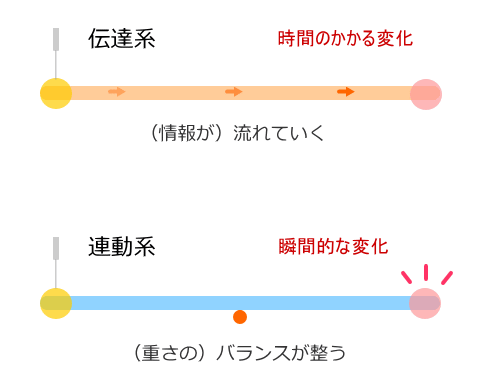
臨床において顕著なのは、連動系はタイムラグのない瞬間的な反応が見られることです。即効性のある鍼施術を目指すのであれば、連動系の反応パターンを知っておく必要があります。
Let us explain the characteristics of SEIDO acupuncture with two models, the transmission system and linkage system. The conventional acupuncture styles are generally based on the transmission system.
The transmission system works like this. The stimulation by a needle through an acupuncture point reaches the target area through routes such as the meridians. It takes some times to see the change at the target area after needling.
On the contrary, with the linkage system, the change at the distal point occurs at the time of needle insertion to the acupuncture point.
For the linkage system, imagine something trying to balance between two sides. When the weight of one side changes, it will lose the balance unless the weight of the other side changes accordingly. The body is always adjusting to equalize the weights like this.
However, the “Weight” here means “Sense of heaviness.” A muscle tightness creates heavy feeling. We call this heavy feeling that the brain senses “Provisional weight.”
What is remarkable about the linkage system is its immediate responses without any time-lags. It is necessary to know response patterns of the linkage system, if you are aiming to optimize the immediate effect of acupuncture.
経絡(けいらく)との違い Difference from the Meridian System
整動鍼は経絡を用いません。従来の鍼灸が触れてこなかった「動き」にフォーカスし、実践する中で法則性を見出し、理論化させたものです。従来の鍼灸理論の不足を指摘してはいますが、否定的な立場はとっていません。従来の鍼灸を実践しながら、整動鍼を学んでも問題ありません。
厳密にいえば、整動鍼は経絡よりシンプルで原始的です。経絡から離れ、鍼施術による反応(現象)をつぶさに観察して人体に潜む法則性を探し出したものです。
結果的に、従来の鍼灸と重なるところは多々あります。いわゆる経絡経穴も用います。ただ、その使い方が全く異なるのです。
整動鍼では、動きを整えるために主な施術対象は筋肉です。しかし、痛みの局所には鍼をするわけではありません。たとえば、筋肉に痛みを感じる時、その部分も過緊張していますが、その過緊張を生みだしているのは別の所にある過緊張です。この過緊張を痛みの原因であると考え鍼をして和らげます。
過緊張した筋肉は既に収縮済みの筋肉ですから、潜在的なパワーが発揮できません。パワーを出せない筋肉は「重い」と感じます。この重さが度を超えると動きを阻害し、阻害を受けたところが「痛い」と感じます。
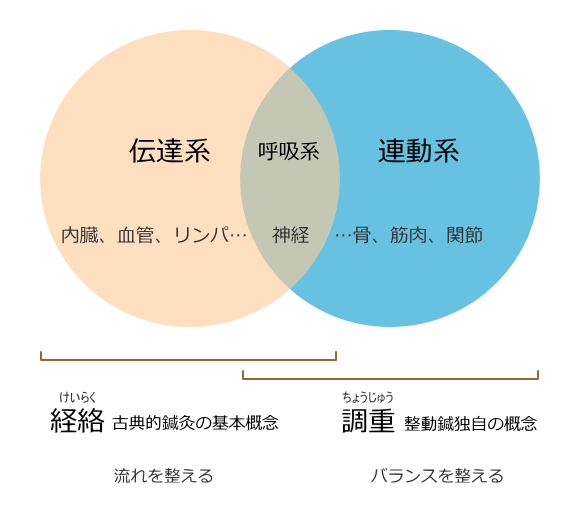
SEIDO acupuncture is not based on the meridian system. It focuses on “movement” which the conventional acupuncture styles have never focused on. While focusing on “movement”, regularities and law-like natures have been found through practices, and they have been theorized as SEIDO acupuncture. Although it does point out the weakness of the conventional acupuncture styles, it does not deny them. There is no problem in learning SEIDO acupuncture, while practicing the conventional acupuncture styles.
To be exact, SEIDO acupuncture is simpler and more primitive than the meridian system. We put aside the meridian system, and found regularities and law-like natures by diligently observing the responses of acupuncture.
As a result of the observation, SEIDO acupuncture still shares a lot with the conventional acupuncture styles. It does use the meridian lines and regular acupuncture points. However, the way it uses them is entirely different.
The treatment target would mainly be muscles, as SEIDO acupuncture adjusts movements. However, it does not mean needling where it hurts. When you are suffering from a muscle pain; even though the muscle tightens up, what’s creating the muscle tightness is other muscle’s tightness. SEIDO acupuncture sees this other muscle tightness as the cause of pain and try to release it by needling. Because the tightened muscle is already contracted, it cannot exert its potential power.
A muscle which cannot exert its potential power creates “heavy” feeling. When this heavy feeling becomes too strong, it disturbs movements. “Pain” appears where this disturbance occurs.
用語の定義
仮重(かじゅう) Provisional Weight (Kajyu)
実際の重量に変化はなくても、筋肉の過緊張(コリ)が重みとして感じられることから、これを「仮重」と定義します。仮重が生じると、身体はバランスを取ろうとしてもう一箇所に仮重が生まれます。身体は、実質的な重さに対してもバランスを取る必要がありますが、仮重のバランスも取ろうとしています。右の肩が凝ってくると、左の肩まで凝ってくるのも、仮重で説明できます。
仮重は誰にでもあります。問題は許容を超えてしまった時です。過度な仮重は骨格や筋肉に大きな負担をかけ、痛みの原因となってしまいます。
Even though there is no change in actual weight, muscle tightness could create heavy feeling. We define this as “Provisional weight.” A body tries to maintain a balance when actual weight changes. It also does the same thing when provisional weight changes. It is common to start feeling shoulder stiffness on the other side, when you have it on one side. This phenomenon could be explained by provisional weight.
調重(ちょうじゅう) Adjusting Weight (Chojyu)
整動鍼独自の概念です。仮重を取り去り、重さのバランスを整えることを言います。重さのバランスが取れると本来の動きが戻り、筋肉や関節の負担が減ります。整動鍼によって調重を行うと、動きやすくなって体が軽いと感じます。
This is SEIDO acupuncture’s original concept. “Adjusting weight” means to balance a body by releasing provisional weights. When a body regains a balanced state, it can move smoothly again. This would decrease strains on muscles and joints. You would feel lighter and easier to move, after adjusting weight with SEIDO acupuncture.
張力理論 Tension Theory
どこかの筋肉の一部に負荷がかかったとします。すると、その筋肉はその負荷に耐えようとして縮みます。一時的に仮重が生じます。仮重はバランスを取るために必要な時だけ出現します。しかし、負荷が過度にかかったり、持続的に続いた後に必要のない仮重が残ってしまうことがあります。すると、今度はこの仮重が症状を引き起こす原因となってしまいます。
慢性症状の多くは、この仮重の居残りが原因となっています。この仮重は自覚できるとは限りません。自覚が難しいから隠れた原因になるのです。この仮重そのものは筋肉のコリとして現れるので、鍼を使ってコリを緩めます。
Suppose a situation where a muscle has to work hard. This muscle contracts in order to endure against the strains. It temporary creates a provisional weight. A provisional weight is created only when a body needs to balance. However, it may remain even after a body gets a balance back, when a strain is too strong or is there for a long period of time. The most of chronic symptoms are caused by this kind of left over provisional weight. You might not be able to feel provisional weight. Because it is difficult to be aware of, it would be a hidden cause of chronic symptoms. As provisional weight itself appears as a tight spot on a muscle, it is possible to release by acupuncture.
同質性・同類性の法則 Law of Similarity
人体の左右はもともと非対称です。ですから治療においても完全な対称を目標としません。一般的には、動きやすいコンディションに整えると、左右差が減っていきます。スポーツの種目や仕事の作業によっては左右差が必要な場合があります。左右が整うことは結果として捉え、目的とはしません。整動という視点において、左右は均等であることより、同質であることが重要です。
人体には類似した部分がいくつもあります。代表的なのは手と足です。手と足は、形状が類似しているため、その制御系も類似していると考えられます。物理的な距離は離れていますが、制御系が類似していれば近い関係にあると言えます。ツボの関係も同じです。離れた所にあるツボであっても、脳の処理から見ると近い関係にあるものは珍しくありません。臨床データからツボの関係を探り出し、この関係を積極的に利用しています。
A human body is asymmetric in nature. Therefore, we do not aim for a symmetric state when practicing SEIDO acupuncture. Generally speaking, a laterality of body decreases as a body gets adjusted to move smoothly. There are cases, such as certain types of sports and jobs, which some degrees of laterality are required. We see the decrease of laterality as a result and not as a goal or target. From SEIDO’s (Adjusting movement) point of view, it is more important to be the same quality than symmetric. There are many body parts that are similar to each other. The typical example would be hands and feet. Because the configurations of hands and feet are similar, their control systems are thought similar. We could say that there are relatives as long as their control systems are similar no matter how they are physically apart from each other. The same can be said for acupuncture points. It is not rare to find two distal points that are similar from the perspective of brain activities. We make the relations of acupuncture points apparent by accumulating clinical data, and use these relations actively in SEIDO acupuncture.
発痛点と原因点 Pain Point and Cause Point
発痛点は痛みを感じている点であり、原因点はその痛みを生みだしている点です。整動理論における原因点とは仮重点を意味します。慢性症状のほとんどは、発痛点と原因点は別にあります。たとえば、むち打ちをしてから痛みが取れない頚の痛み。この場合は発痛点は頚ですが、原因点は背中にあります。
A pain point is where one is feeling pain and a cause point is where the pain is created. A cause point in the SEIDO theory means a provisional weight point. A pain point and a cause point are located separately in the most of chronic symptoms. For example, the pain point of neck pain after a whip lash incident is at the neck, but the cause point is often found on the back.
静的バランスと動的バランス Static Balance and Dynamic Balance
静的バランスとは、静止状態で「まっすぐ」に見えるかどうかの基準である。この状態は、動作時にもよいバランスで動けるかというと、必ずしもそうではない。逆に、静止状態で曲がっているように見えても、スムーズに動けて何も不自由がなければ健全であると考える。
動的バランスとは、一言で言えば「動きやすさ」のことである。動的バランスがよいと動きながら重心を安定させることができる。
静的バランスと動的バランスが一致するのが理想であるが、この理想を追い求めることはしない。整動鍼では、常に動的バランスを優先する。その結果、静的バランス(見た目)も整うことが多いが、そうでない場合があっても調整することはしない(調整すると動的バランスが崩れるため)。
Static balance is a criteria to evaluate if it looks straight in static situation. This condition does not necessary mean a good balance when moving. On contrary, we define it as a healthy state, even if it looks crooked, if one can move smoothly and does not feel any inconveniences from it. Dynamic balance in short is “Mobility.” When one has good dynamic balance, he/she can maintain his/her balance while moving. Ideally, static balance and dynamic balance should match. We do not go after this ideal state. In SEIDO acupuncture, we always priories dynamic balance. Treatments often end up adjusting static balances (how it looks) as a result. Even if not adjusted, we do not adjust static balance per se (It might harm dynamic balance by doing so.).
2つの均衡モデル Two Equilibrium Models
等重均衡(とうじゅうきんこう) Equal Weight Equilibrium
等重(とうじゅう)均衡はシーソーをイメージするとわかりやすい。中心からの距離が同じ点が釣り合う関係である。このモデルで大事なところは、動作中の中心は定位置になり動かないことである。
Imagine a seesaw to understand this model. Two points with the same distance from a fulcrum have this relation. What is important in this model is a center point (fulcrum) is fixed when a body moves.
等差均衡(とうさきんこう) Equal Distance Equilibrium
等差(とうさ)均衡は伸縮ハシゴをイメージするとわかりやすい。バランスを取り合う関係を重ね合わせた時、その序列は変わらない。A-A’間、B-B’間、C-C’間の距離が一定となり、中心は定位置にない。時にA-A’間、時にB-B’間といった具合に動作中は常に移動する。
Imagine a telescopic ladder to understand this model. The orders of relations never change when piling up paired points. Distances between A-A’, B-B’, and C-C’ are always equal and there are no fixed center point. A center point moves as a body moves, like sometimes between A-A’ and sometimes between B-B’.
学んでみたい ≫ セミナー
To learn SEIDO acupuncture ≫ Seminar





